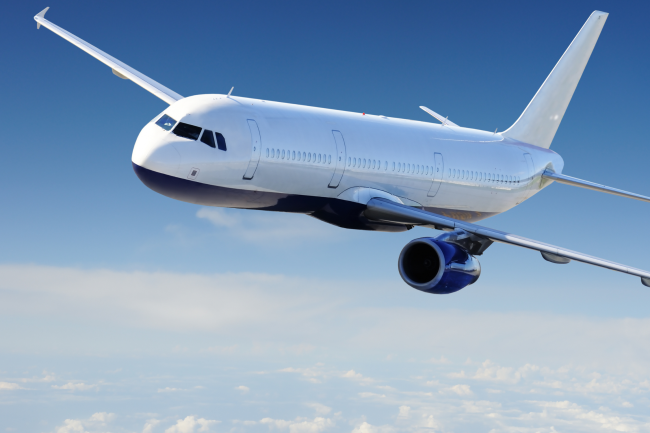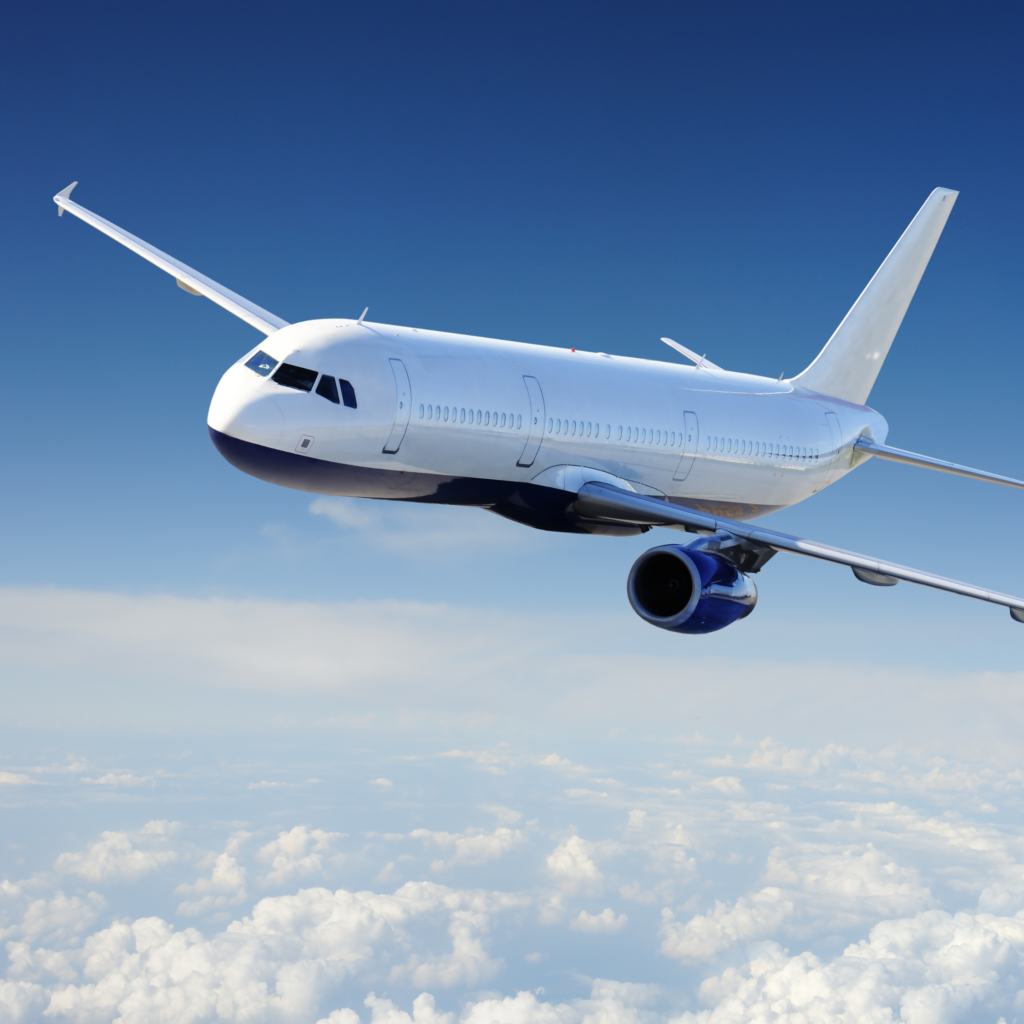
With summer just around the corner, many are gearing up for vacations and air travel. However, numerous myths surrounding air travel can create unnecessary anxiety and confusion. Here, we debunk 10 common air travel myths to help you understand what’s really safe and ensure a smoother journey.
1. Myth: Airplane Air is Full of Germs
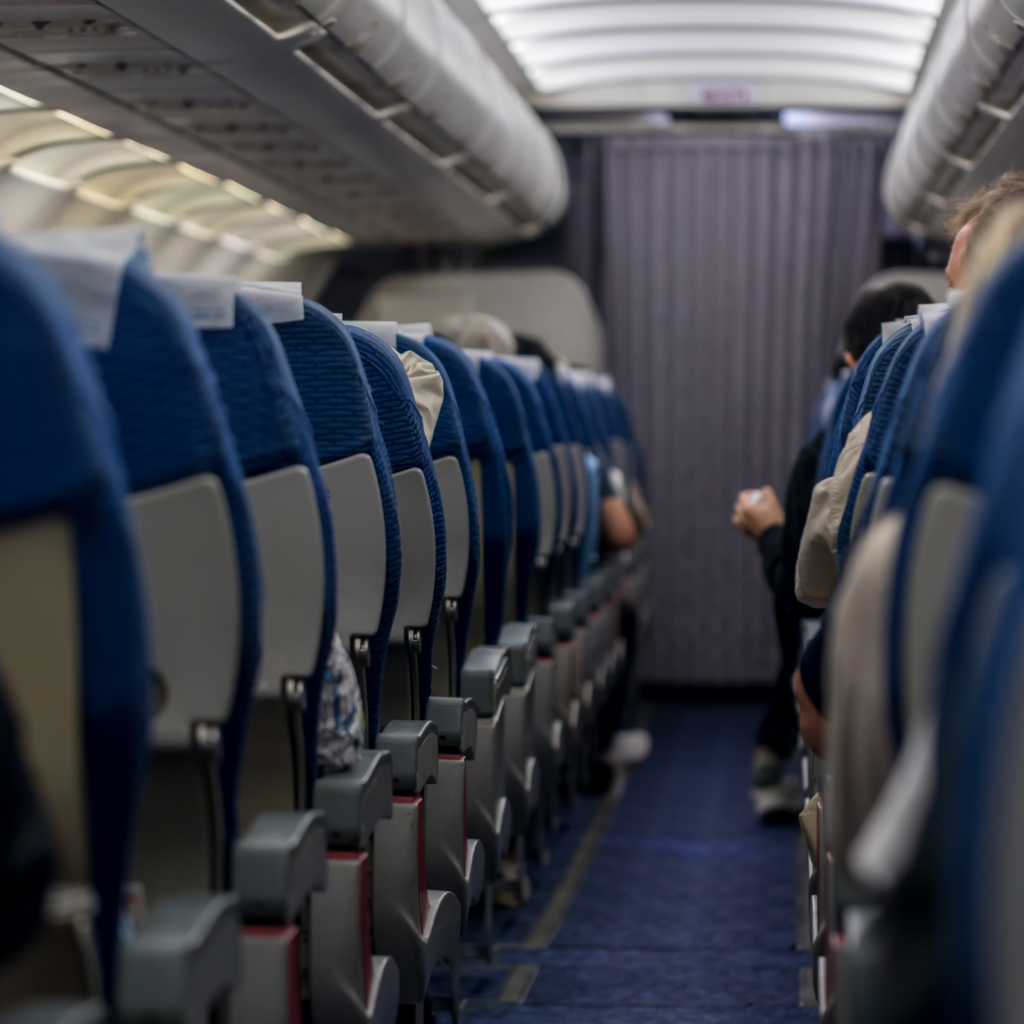
One of the most persistent myths is that airplane cabins are cesspools of germs. In reality, modern aircraft are equipped with advanced HEPA (High-Efficiency Particulate Air) filters that capture 99.9% of airborne particles, including bacteria and viruses. The air in the cabin is refreshed every 2-3 minutes, making it cleaner than many other indoor environments. So, while it’s always wise to practice good hygiene, the air quality on planes is not as alarming as some believe.
2. Myth: Seatbelts on Planes Are Useless
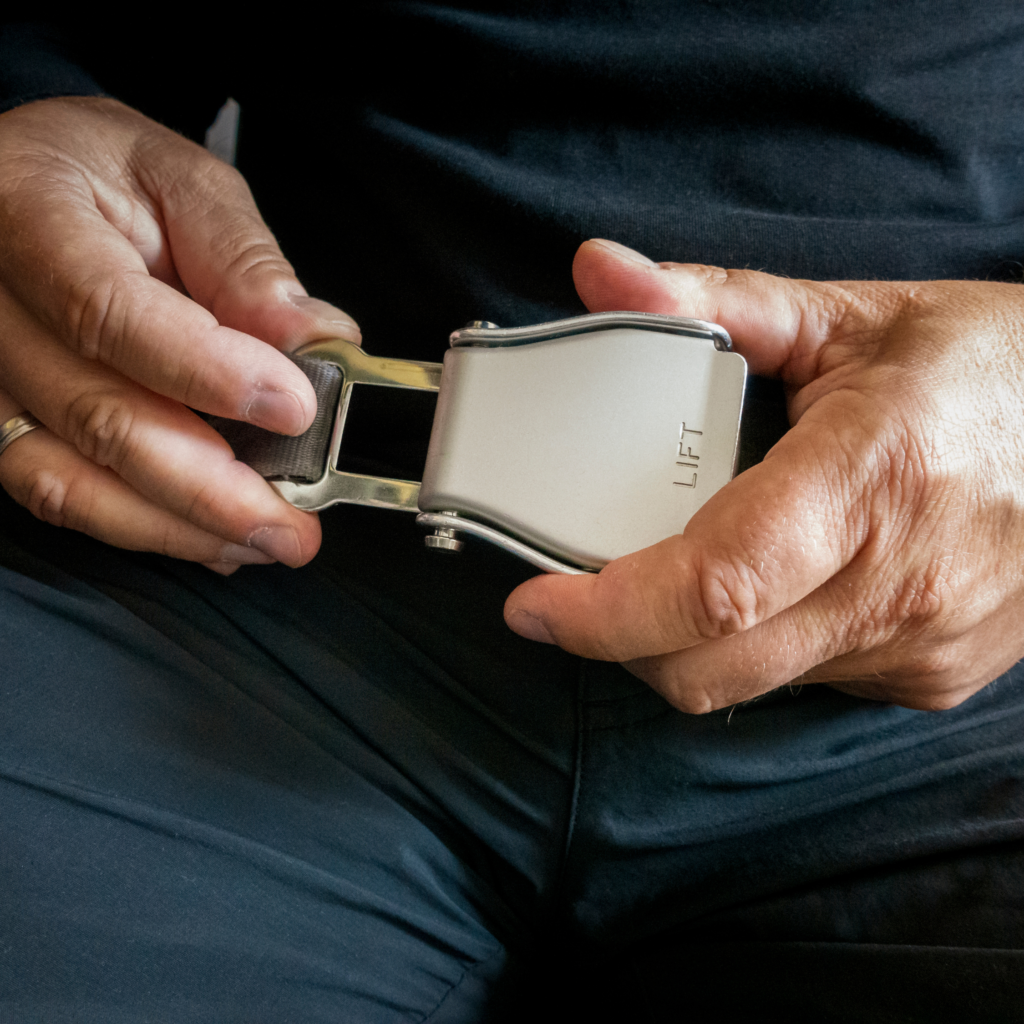
Some travelers think that seatbelts on airplanes are merely a formality. However, seatbelts play a crucial role in keeping passengers safe during unexpected turbulence. Turbulence can occur without warning, and a properly fastened seatbelt helps prevent injuries by keeping passengers securely in their seats. Always buckle up when seated to ensure your safety.
3. Myth: Airplane Doors Can Be Opened Mid-Flight
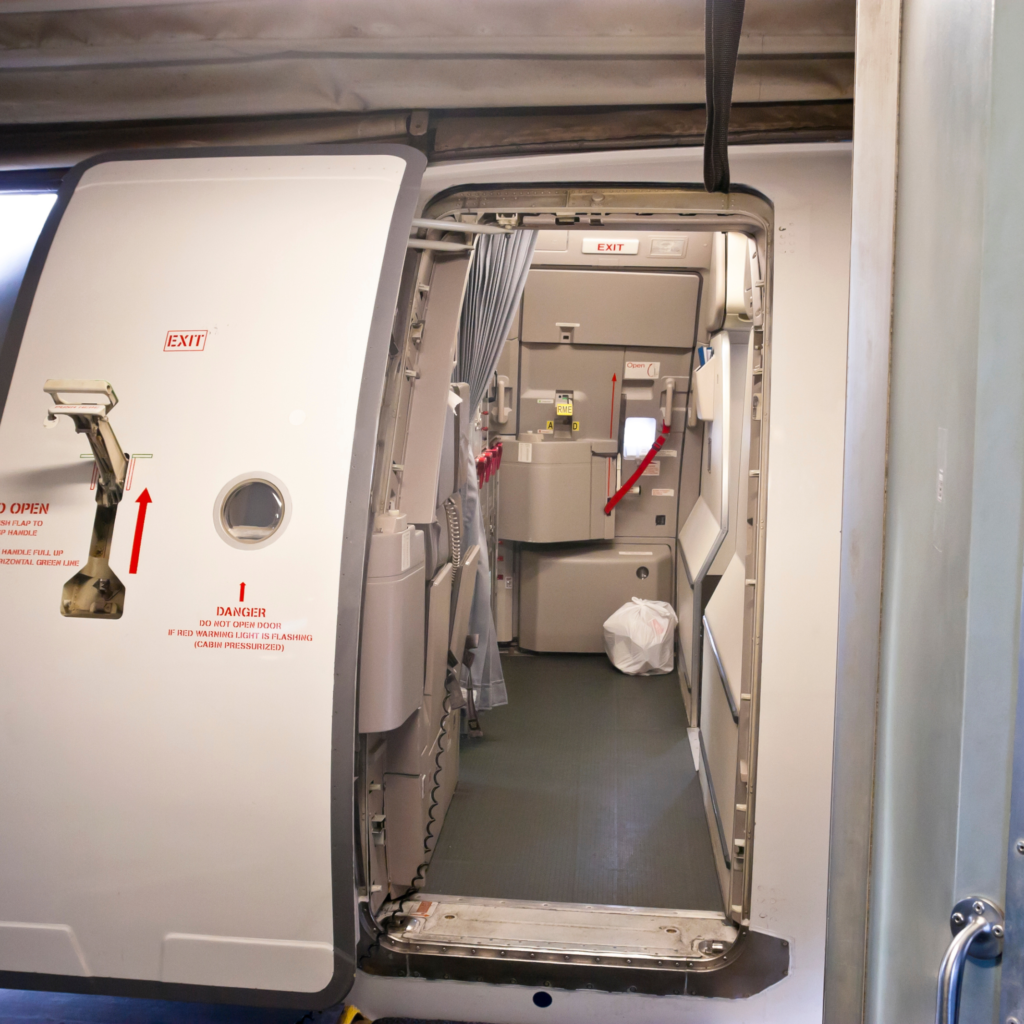
There is a common misconception that airplane doors can be opened mid-flight, leading to catastrophic depressurization. This is physically impossible due to the significant pressure difference between the inside and outside of the aircraft. The doors are designed to be securely locked and can only be opened when the plane is on the ground. Rest assured, your flight is safe from such scenarios.
4. Myth: Electronic Devices Can Crash the Plane
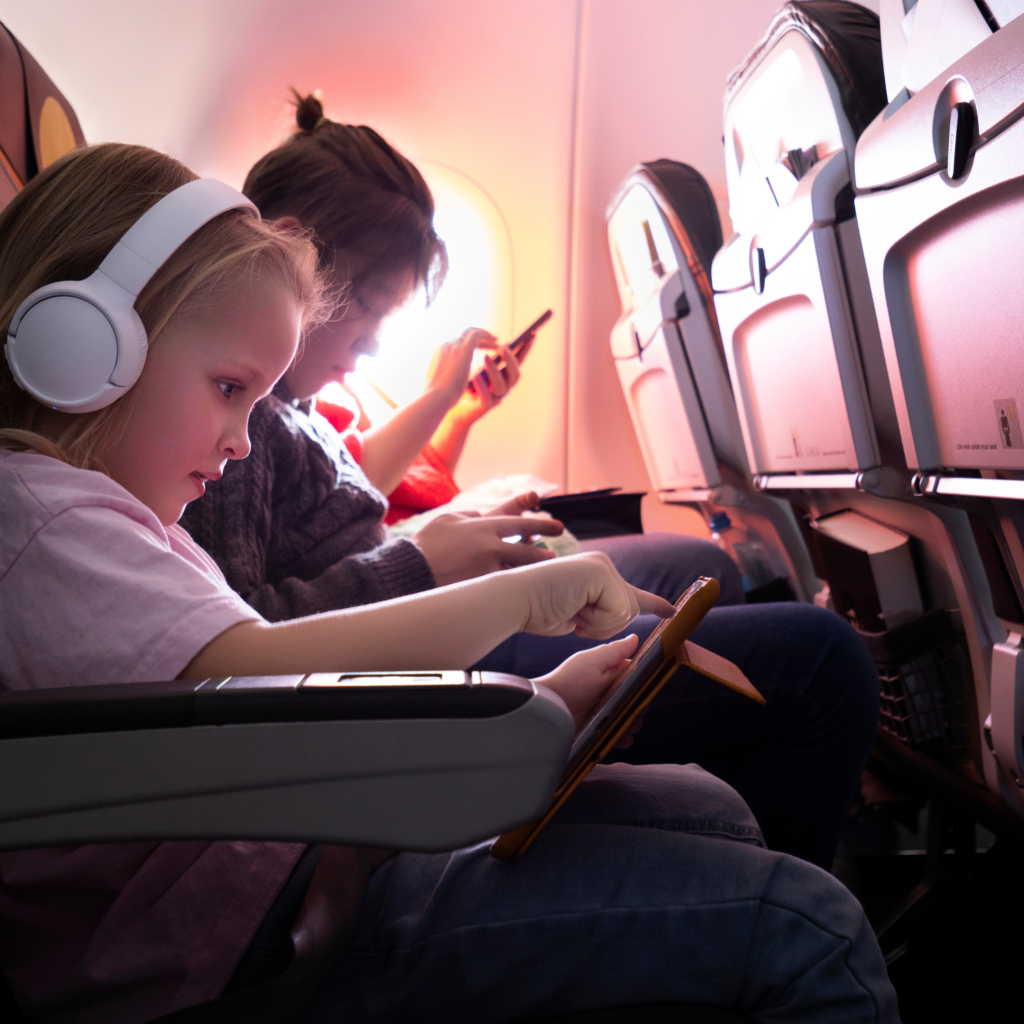
Many travelers worry that using electronic devices during a flight can interfere with the aircraft’s navigation systems. While it was once believed that electromagnetic interference from devices could pose a risk, modern airplanes are well-shielded against such interference. Regulations have been relaxed, allowing passengers to use their devices in airplane mode throughout the flight, ensuring safety and convenience.
5. Myth: Turbulence is Dangerous

Turbulence can be unsettling, but it’s rarely dangerous. Airplanes are built to withstand extreme turbulence, and pilots are trained to navigate it safely. Turbulence is simply caused by changes in air currents, similar to driving over a bumpy road. While it may cause discomfort, it is not a sign of impending danger. Trust the aircraft’s design and the crew’s expertise to handle it.
6. Myth: Oxygen Masks are Only for Crashes

Oxygen masks are there for your safety in the unlikely event of cabin depressurization, not just during crashes. If the cabin pressure drops, the masks automatically deploy to provide passengers with the necessary oxygen until the plane descends to a safer altitude. Knowing how to properly use an oxygen mask can make a critical difference, so always pay attention to the safety briefing.
7. Myth: Air Travel is Bad for Your Health
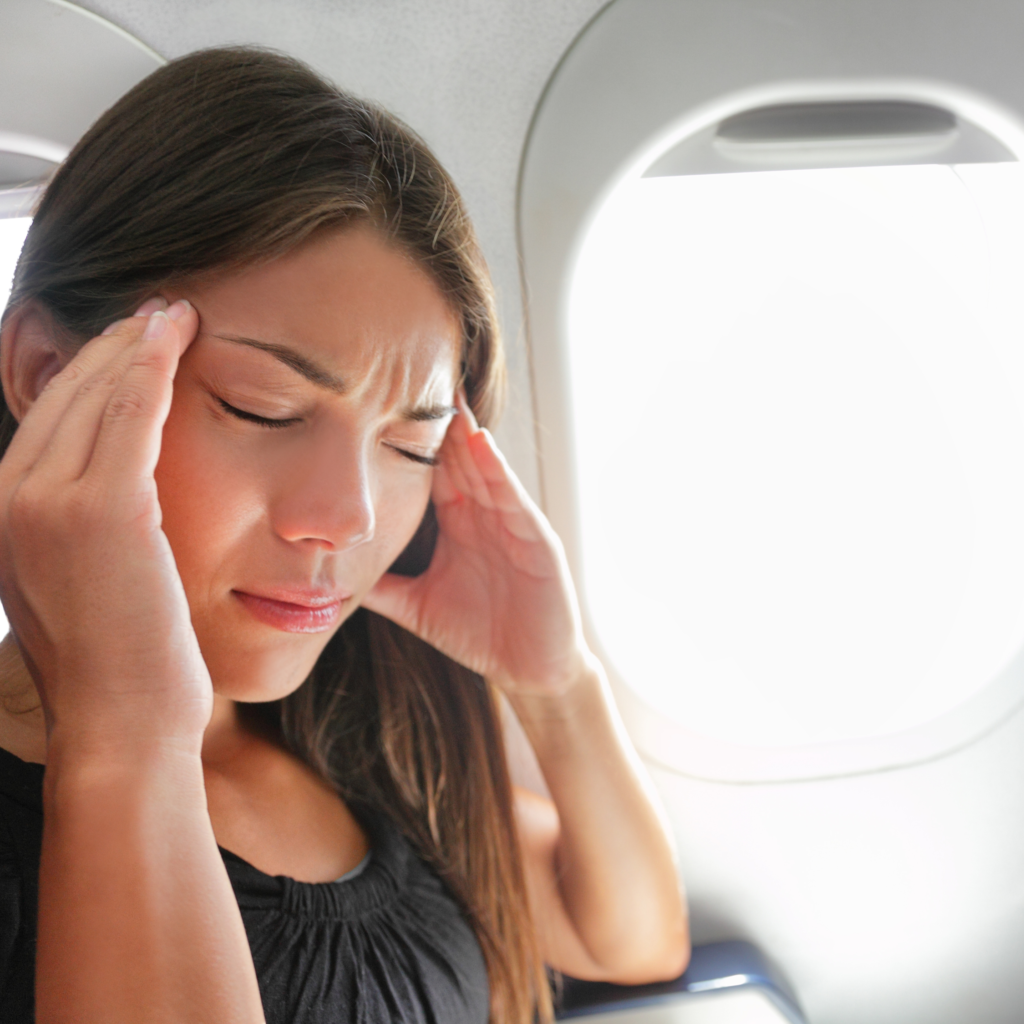
Some believe that the dry cabin air and pressure changes can have severe health impacts. While the cabin air is indeed dry, drinking plenty of water and staying hydrated can mitigate these effects. Additionally, moving around the cabin periodically can help reduce the risk of deep vein thrombosis (DVT). Simple precautions can make air travel as healthy as possible.
8. Myth: Pilots Can Be Incapacitated Without Backup
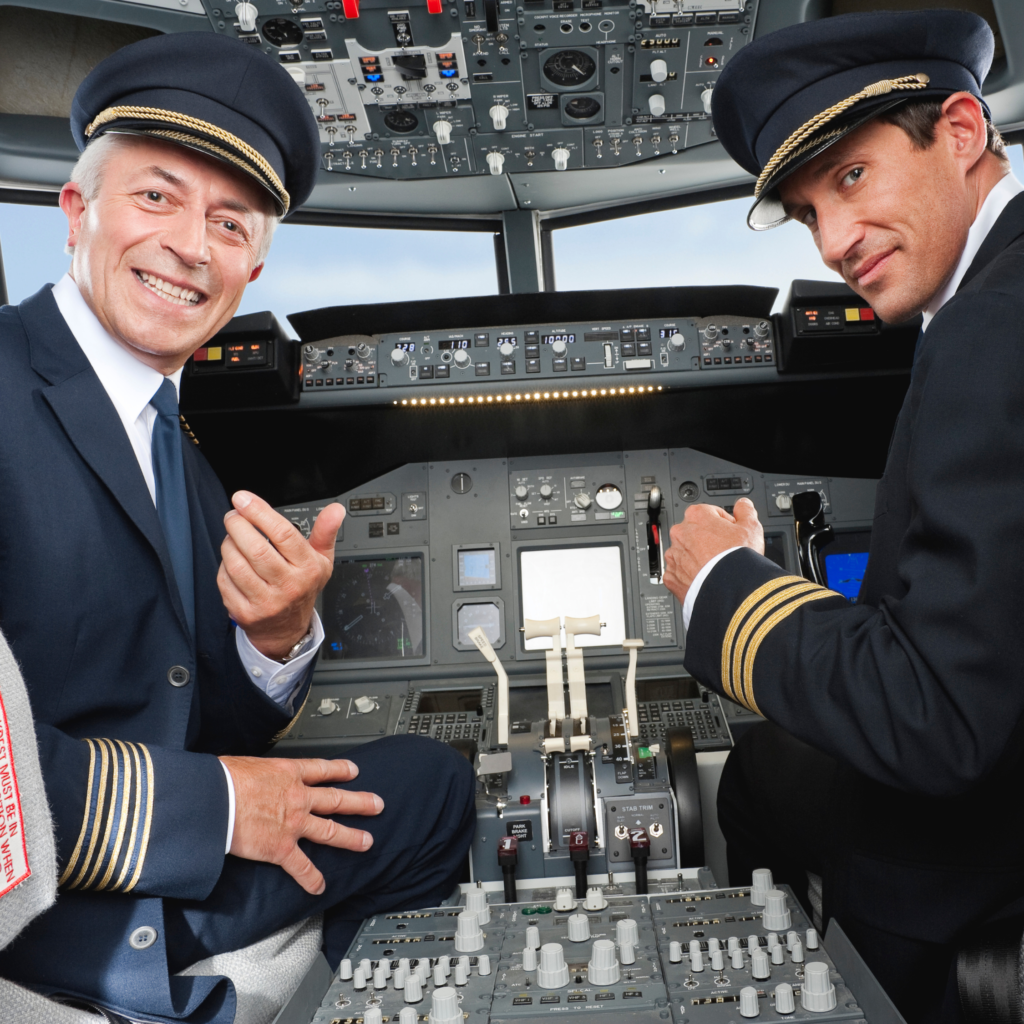
There is a misconception that if a pilot becomes incapacitated, the flight is doomed. In reality, commercial flights are always manned by at least two pilots, with rigorous protocols in place to handle any medical emergencies. Co-pilots are fully trained to take over if necessary, ensuring the flight can continue safely to its destination.
9. Myth: You Should Avoid Using Airplane Bathrooms
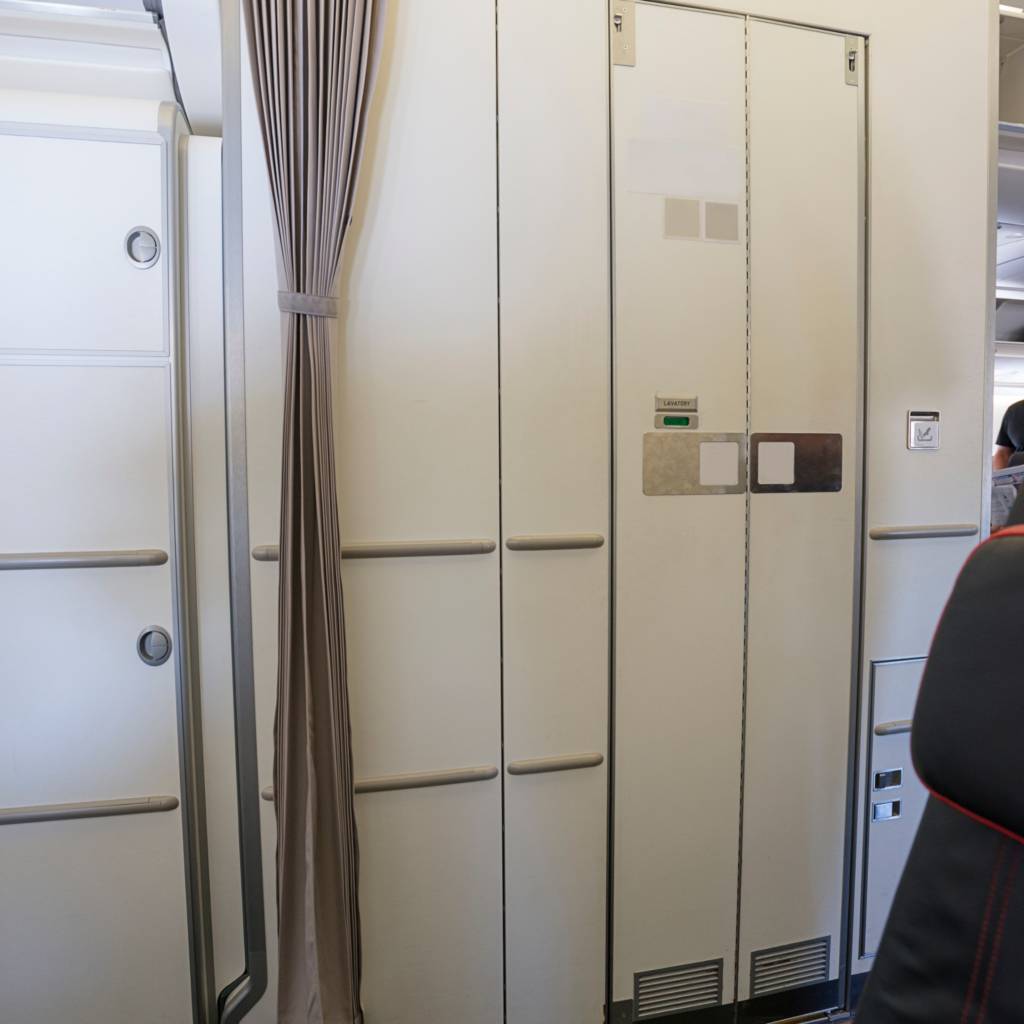
While airplane bathrooms are small and may not be the cleanest places, they are maintained and cleaned regularly. Using them is safe, especially if you practice good hygiene by washing your hands thoroughly. Avoiding dehydration just to skip using the bathroom is not advisable; staying hydrated is more important for your overall health.
10. Myth: Window Shades Must Be Up for Safety
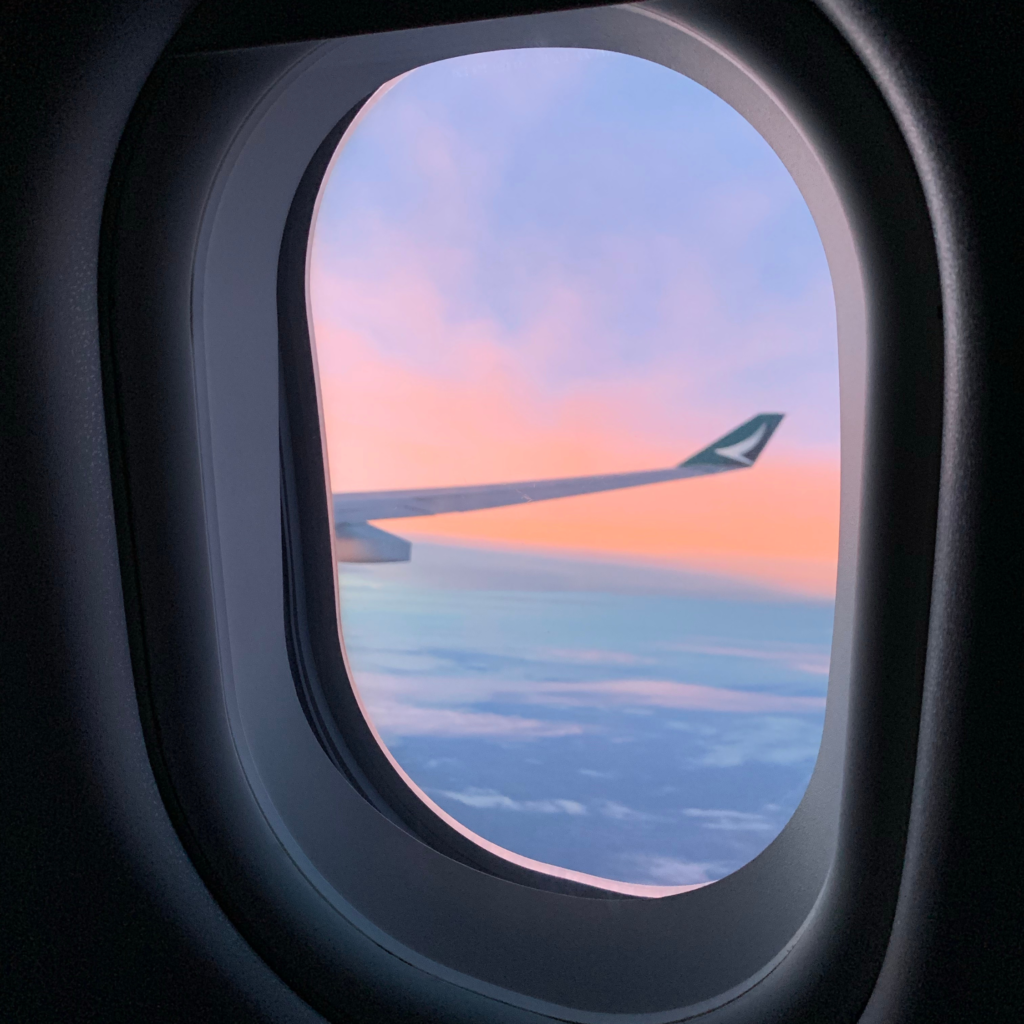
Some passengers believe that keeping window shades up during takeoff and landing is for aesthetic reasons. However, it actually has a safety purpose. Open shades allow passengers and crew to quickly assess any external threats or issues in case of an emergency. It helps emergency personnel see inside the aircraft and passengers orient themselves quickly if evacuation is necessary.
Safe Travels!
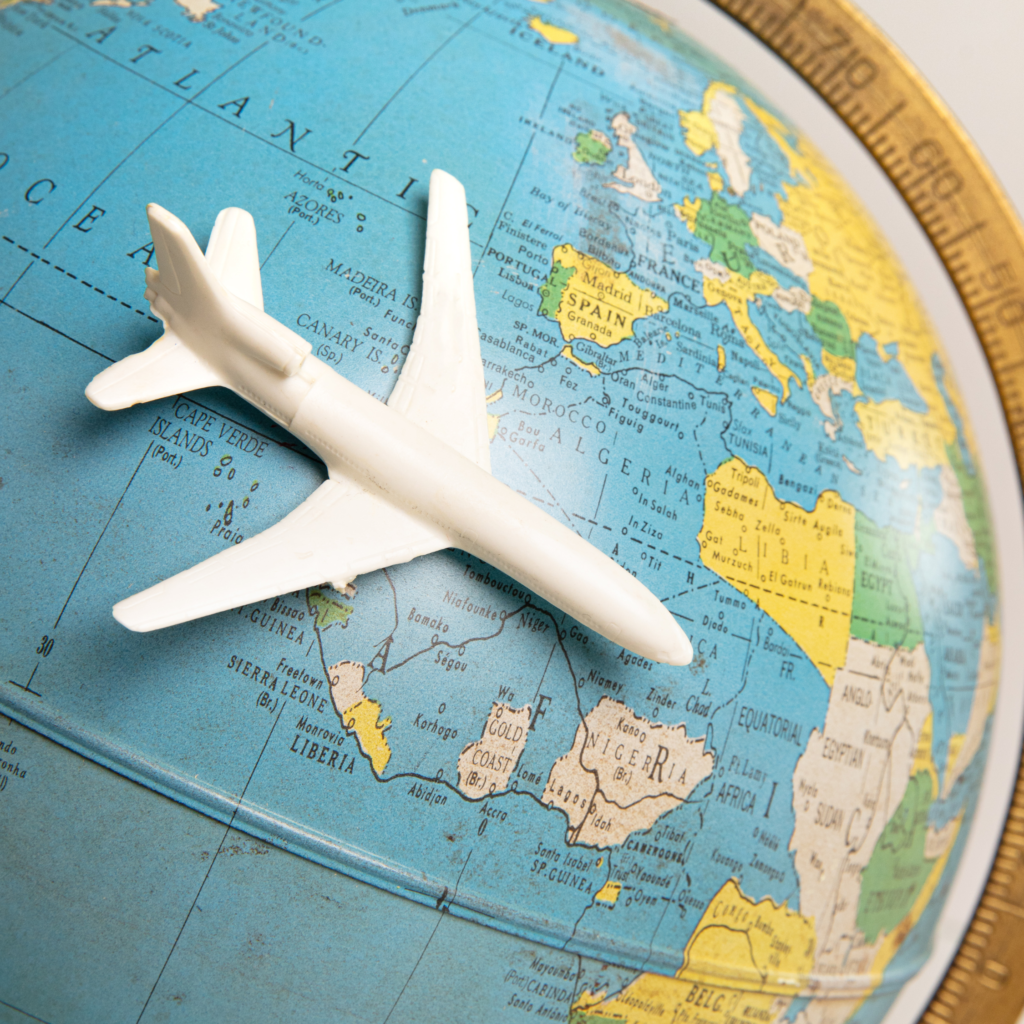
Debunking these air travel myths helps clarify what’s truly safe and what is simply a misconception. Understanding the facts can ease travel anxiety and ensure a more enjoyable flying experience. Ready to book your summer getaway with peace of mind? Click here to discover top travel deals and tips to make your journey even better!


